Researchers Are Putting Microphones Underwater to Restore Coral Reefs and Decode Marine Languages
Published June 22 2023, 3:15 p.m. ET
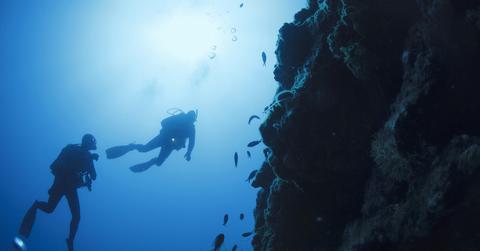
Interspecies communication has always seemed so far out of reach. But, believe it or not, we may be getting there. Underwater microphones have been recording the sounds and silence of fish, whales, and other marine species to identify behaviors and communication methods and even restore wildlife.
Scientists using new AI technologies could also take their research to the next level. Here's what you need to know about the ways underwater microphones are being used to help the environment.
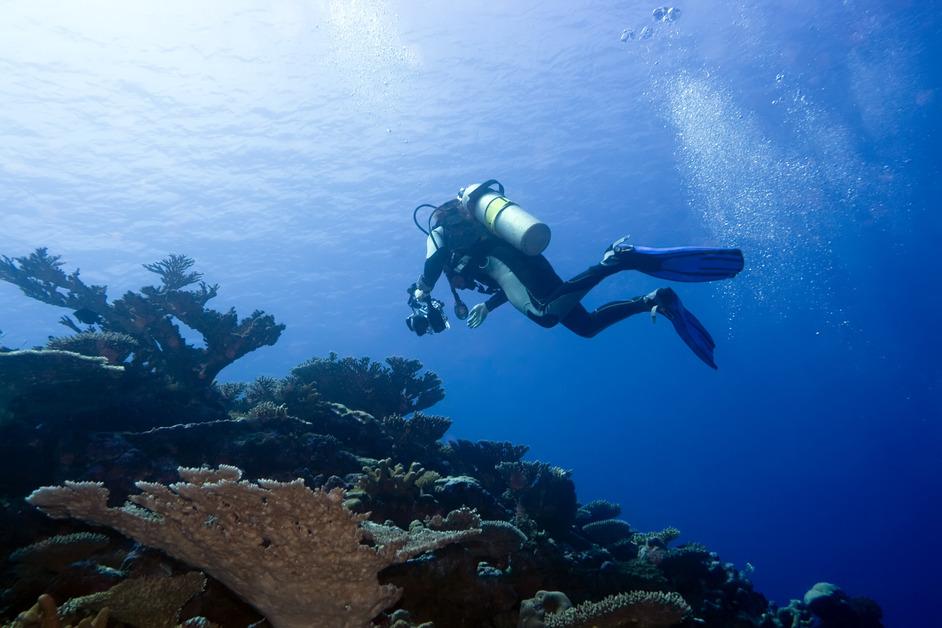
Underwater microphones allow scientists to record the sounds of marine life.
Underwater microphones have been used by biologists and researchers for decades, resulting in a better understanding and appreciation of marine life, and conservation campaigns. However, beyond listening, these scientists are using recordings of healthy coral reefs to restore dying ones.
According to NPR, Marine biologist Aran Mooney, from Woods Hole Oceanographic Institution in Falmouth, Mass., has been eavesdropping and recording marine life enough to learn when fish are the loudest, and when they are making a mating call.
Through recordings, Mooney discovered that the fish off the coast of Cape Cod are loudest when the moon is waning because it’s too dark for predators to interfere. However, fish symphonies vary across the ocean. Scientists off the coast of Southern India found that some tiny fish are the loudest when the moon is full because they eat plankton lit by the moon’s rays.
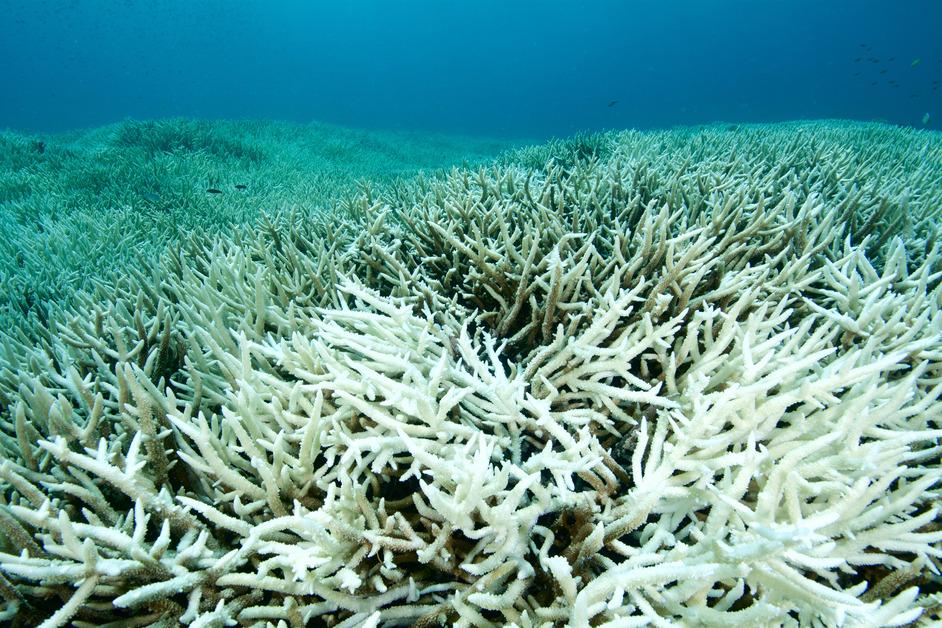
Mooney and other scientists took these findings toward creating solutions to restore habitats that had been destroyed by climate change. They recorded a healthy coral reef from 2013, then began broadcasting the noise in a dying reef to encourage coral larvae to return, per NPR.
Scientists like Mooney want to create a repertoire of underwater sounds to understand, conserve, and eventually communicate with ocean ecosystems, and AI might help them do that. In 2023, marine scientists on Goa’s coral reef in India recorded a reef and plugged the sounds into an algorithm that immediately identified the species. The identification was seen as a major scientific breakthrough, opening the door for new ocean discoveries, per The Guardian.
Peter Tyack, an animal behaviorist at the Sea Mammal Research Unit at the University of St Andrews, Scotland, even told The Guardian, “It’s not crazy that by 2100 we might have decoded dolphin language, [and] we might be able to understand what they’re saying. If you look to the future, sound is one of the ways that science can learn the sea’s mysteries.”
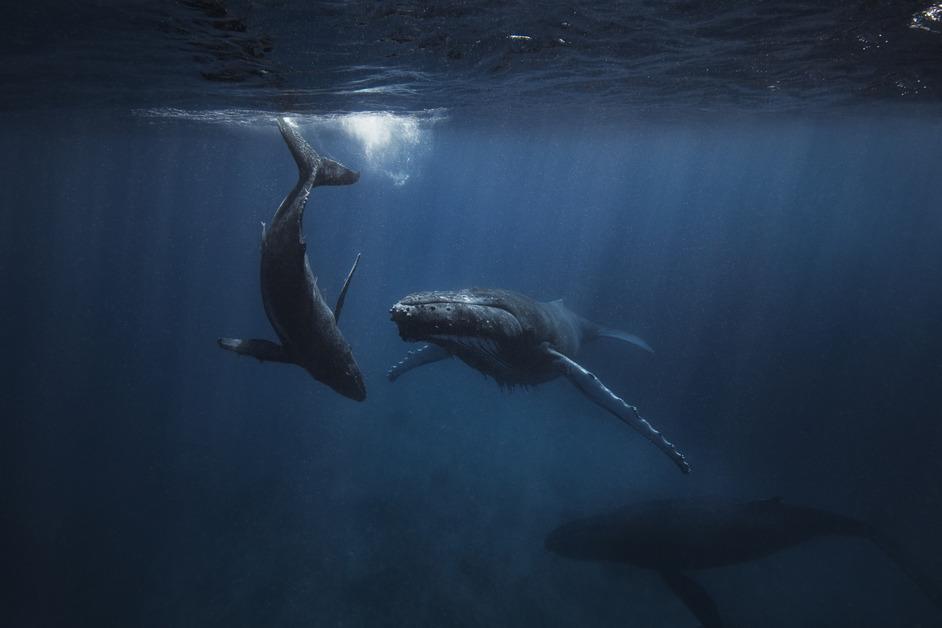
The recent death of biologist Roger Payne reminds us of the power of ocean recordings.
Roger S. Payne, a biologist famous for his 1970 underwater recording of humpback whales that led to the commercial whaling ban, died at 88 on June 10, 2023.
Payne’s recording of the voices of whales became an album, “Songs of the Humpback Whale,” and is credited with generating a global emotional response and one of the greatest and most widespread mammal conservation movements, per The New York Times.
Just days before his death, Payne wrote a piece for Time Magazine. He believed we could better understand our connection to different species and how to save them by learning interspecies communication, particularly with an initiative like Project CETI (the Cetacean Translation Initiative).
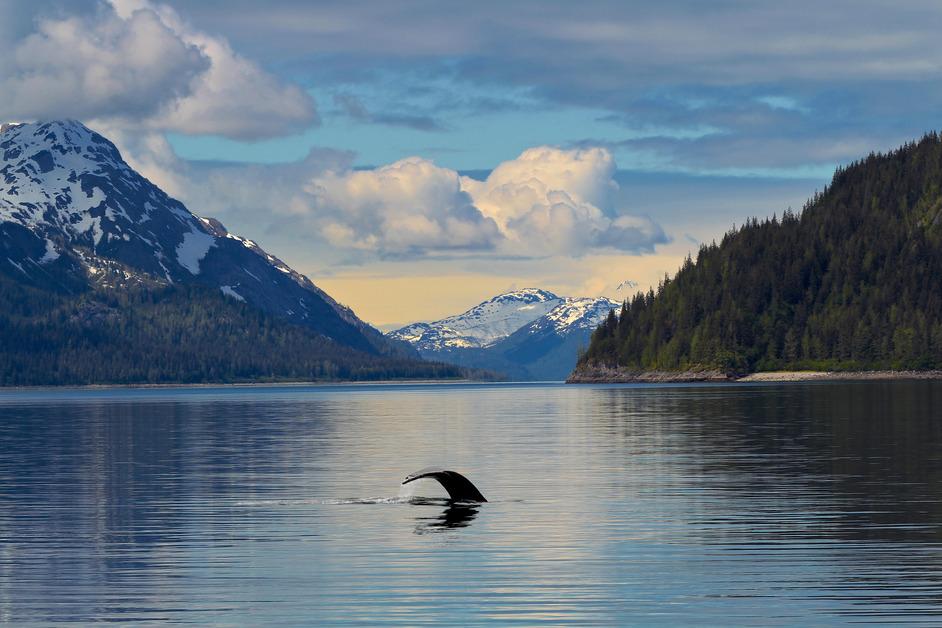
He wrote in Time Magazine, “.....every species, including humans, depends on a suite of other species to keep the world habitable for it, and each of those species depends in turn on an overlapping but somewhat different suite of species to keep their niche livable for them.”
Payne believed that true motivation to act comes from inspiration. If we understood the thoughts and voices of non-humans, if we were able to communicate back and forth with them, there is no telling what possibilities could arise, and how conservation efforts would transform.